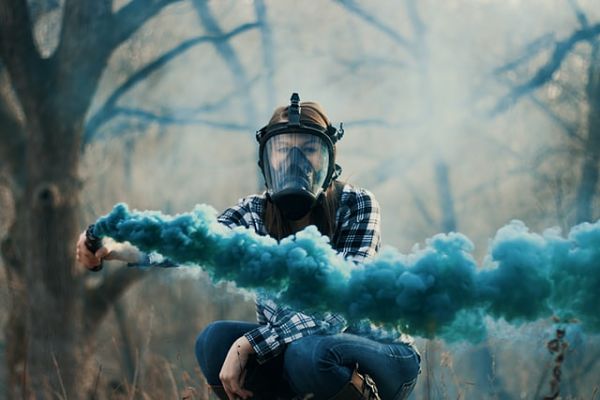It’s bad enough that people smoke. It’s even worse when people who did not make the choice to smoke are the ones who suffer the consequences of someone else’s actions. Secondhand smoke is a real problem.
Walk Away From Secondhand Smoke
Pediatricians are not doing much to counsel parents who smoke.
Diagnosis Life summary:
Pediatricians can and should be asking about those exposures, but are they doing anything with the info? A study in PLOS One (https://doi.org/10.1371/journal.pone.0246231) looked at more than 1,500 families. Pediatricians asked about smoke exposures in the home about 90% of the time. However, they only counseled those smokers to quit 35% of the time. When it came to talking to young people about the dangers of cigarettes, 34% of them never discussed the dangers of e-cigarettes or vaping. It’s time for pediatricians to take a more active role in smoking cessation and prevention. That’s what primary care is all about.
Secondhand smoke affects a teen’s mental health.
Diagnosis Life summary:
Outdoor artificial light at night, road-side air pollution, traffic noise, and secondhand smoke take their toll on mental health. A study in JAMA Network Open (https://doi.org/10.1001/jamanetworkopen.2020.17634) looked at the impact of these environmental factors on stress levels in nearly 2,300 adolescents (13 to 16 years old) living in urban neighborhoods. Using the Perceived Stress Scale (PSS-4), researchers found that exposures to secondhand smoke increased stress by 0.85 units, artificial light by 0.57 units, and air pollution by 0.16 units. Exposure to vegetation, e.g., green space in their neighborhoods, however, decreased their stress by 0.24 units. Getting out into green spaces may help to counter some of the psychological stresses of city life. Find a way to explore nature whenever you can.
Secondhand smoke increases urgent care visits in children.
Diagnosis Life summary:
Secondhand smoke exposures increase a child’s risk for health problems, especially respiratory conditions like asthma, bronchiolitis, and pneumonia. A study in PLOS One (https://doi.org/10.1371/journal.pone.0247179) looked at 1,520 children who were evaluated in urgent care clinics or emergency rooms. 380 of those children had passive smoke exposures. The children with smoke exposures were more likely to need more urgent care or ED evaluation within the year and were nearly twice as likely to require hospitalization than their counterparts.
Secondhand smoke may be associated with ADHD symptoms in children.
Diagnosis Life summary:
Smoke exposures may increase the odds for ADHD symptoms. A study in JAMA Network Open (https://doi.org/10.1001/jamanetworkopen.2021.10931) looked at 48,612 children aged 6 to 18 years old. When compared to children without secondhand smoke exposures, those exposed in the prenatal period, early postnatal period, or current period had 2.28, 1.47, and 1.2 times the odds of developing ADHD symptoms.
Secondhand smoke raises blood pressure in children and adolescents.
Diagnosis Life summary:
Smoking raises high blood pressure, even if you’re not the one lighting up. A study in JAMA Network Open (https://doi.org/10.1001/jamanetworkopen.2020.37936) tracked second hand smoke exposures in 8,500 children and adolescents between 8 and 18 years old. After adjusting for confounding factors like age, gender, and ethnicity, children exposed to tobacco were 30% more likely to develop high blood pressure. It’s not only important to quit smoking for yourself. It’s important to quit smoking for everyone around you.


Leave a Reply